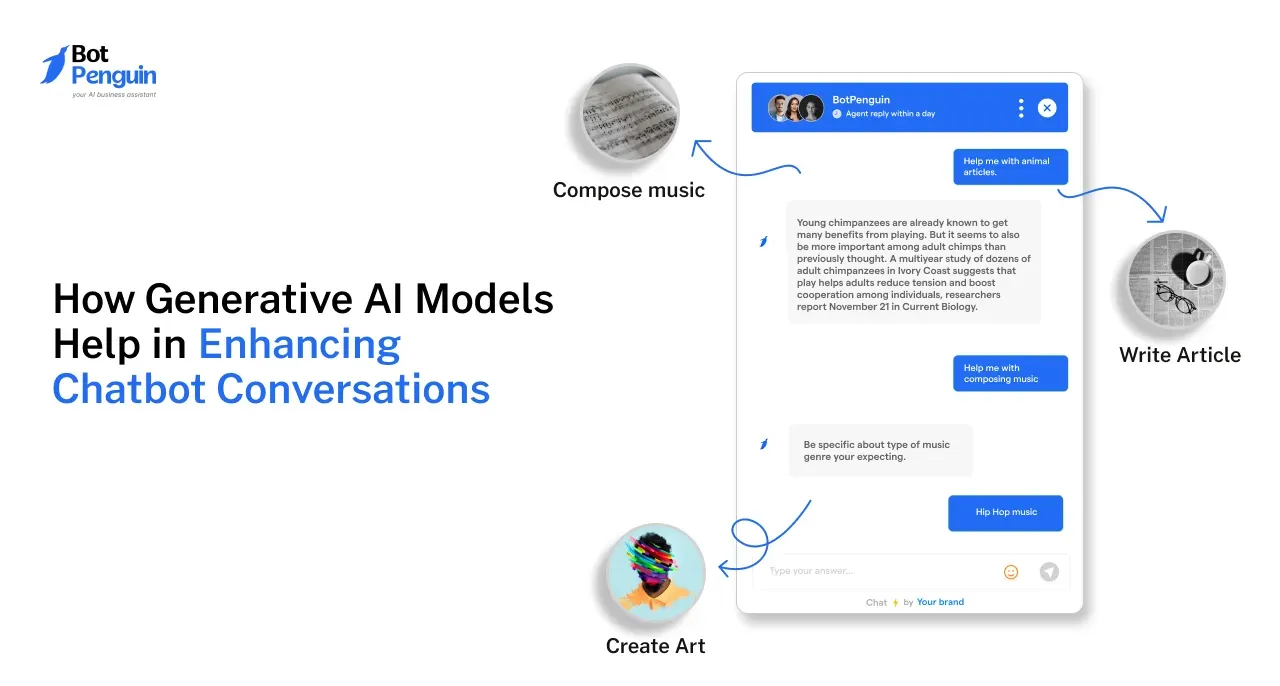Introduction
In a world where everyone juggling work, social life, and everything in between, wouldn’t it be nice to have a personal assistant at your beck and call? Enter the AI chatbot for that.
These digital helpers are revolutionizing the way users interact with businesses, making lives smoother and more efficient. Did you know that 80% of businesses are expected to incorporate chatbots by 2025? (Source: Chatbots Magazine).
From answering your burning questions at midnight to recommending the perfect product while you sip your coffee, AI chatbots are here to make customer service a breeze. Imagine a friendly chatbot that understands your needs, learns your preferences, and never gets tired of helping you out.
In this blog, we’ll dive into the exciting world of AI chatbot development—how it works, its benefits, and the challenges developers face as they bring these clever companions to life. Let’s embark on this journey together!
What is AI Chatbot Development?
AI chatbot development refers to the comprehensive process of designing and building chatbots that leverage artificial intelligence (AI), natural language processing (NLP), and machine learning (ML) to interact with users in a human-like manner.
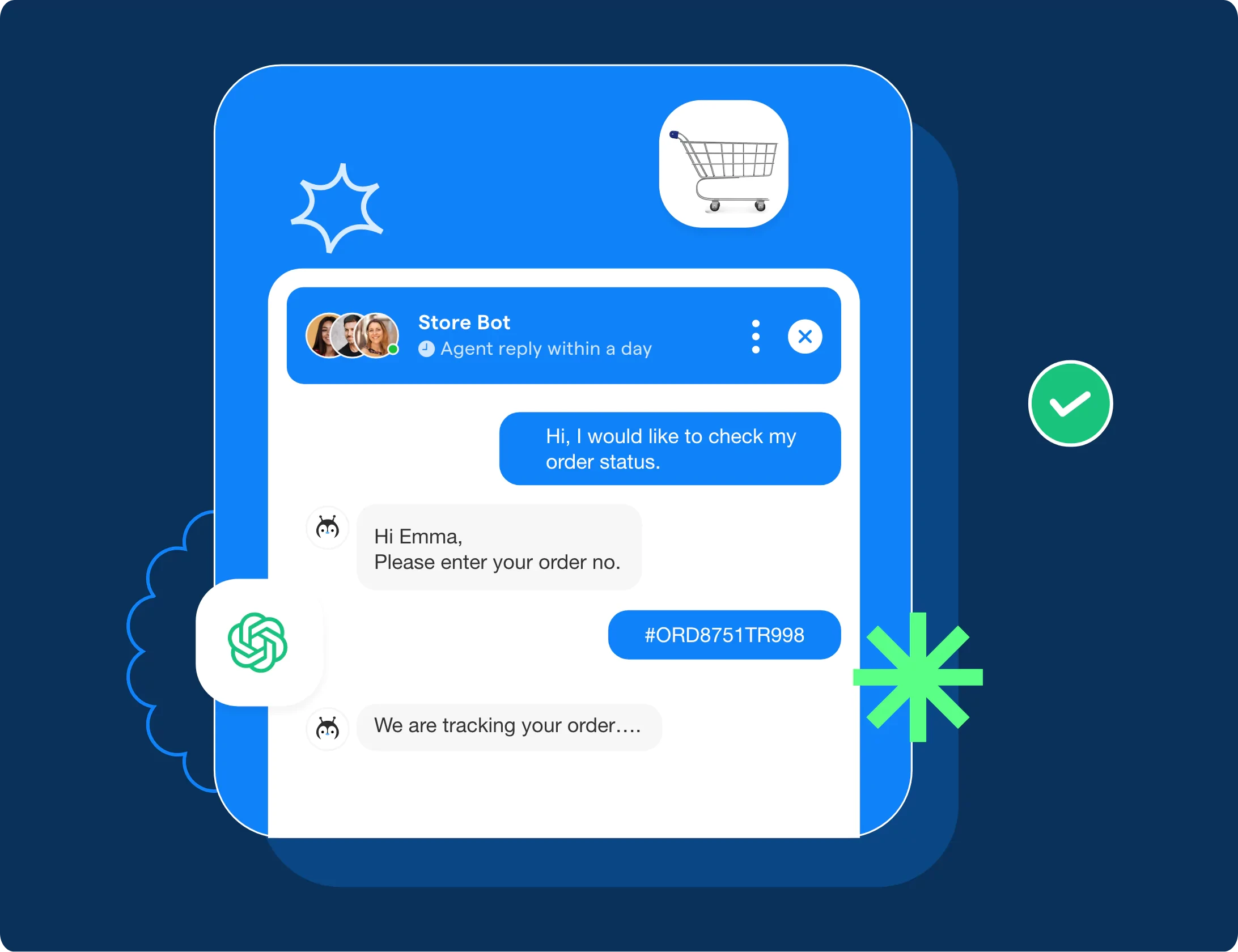
Unlike traditional chatbots that rely on predefined responses, AI-powered chatbots can understand user inputs and provide dynamic responses, enhancing the conversation's interactivity.
The development process involves training the chatbot with specific datasets, coding the underlying architecture, and integrating the chatbot into various platforms such as websites, mobile applications, or social media channels.
As users interact with these chatbots, they learn from each conversation, continually improving their ability to deliver accurate and relevant responses.
This capability allows businesses to provide 24/7 support, automate various tasks, and enhance overall customer experience without requiring constant human intervention.
Key Components of AI Chatbot Development
To create an effective chatbot, several critical components must be integrated into the AI chatbot development process.
Each element plays a pivotal role in ensuring the chatbot operates efficiently and interacts seamlessly with users.
By utilizing the best AI chatbot development tools and adhering to best practices for AI chatbot development, developers can create user-friendly and highly functional chatbots.
Natural Language Processing (NLP): Understanding Language
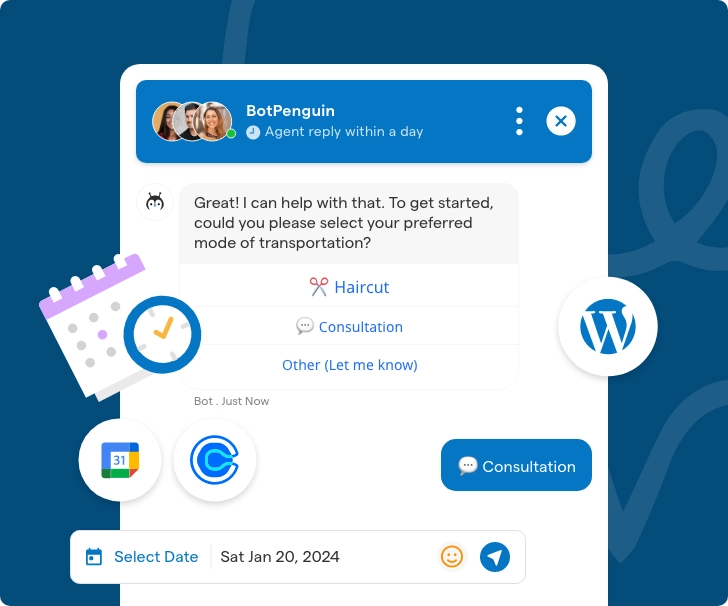
NLP serves as the cornerstone of AI chatbot development, enabling chatbots to interpret and comprehend human language.
By analyzing both text and voice inputs, NLP facilitates the chatbot's understanding of user intent, ensuring relevant and contextually appropriate responses. The effectiveness of an AI chatbot heavily relies on the sophistication of its NLP capabilities.
The best AI chatbot development tools often incorporate advanced NLP features, allowing for more accurate interpretation of user queries.
Machine Learning (ML): How Chatbots Learn from Interactions
Machine learning empowers chatbots to evolve through user interactions. By analyzing previous conversations, chatbots can identify patterns and adjust their responses accordingly, which is crucial for improving their effectiveness.
Following best practices for AI chatbot development, developers should regularly update machine learning models to enhance their performance and keep them relevant to user needs.
User Interface (UI): Simple Chat Interface for Users
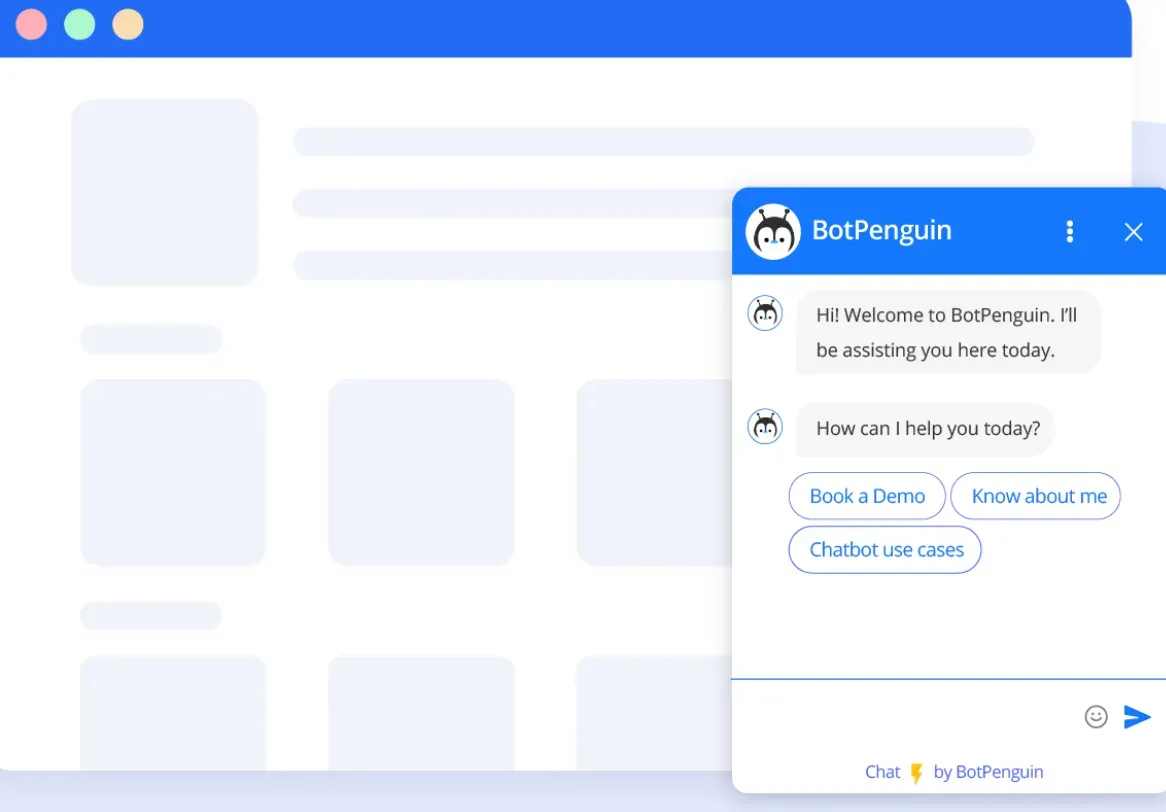
An intuitive user interface is vital for fostering smooth interactions between users and chatbots. A well-designed UI should enable users to easily type or speak their inquiries.
Many alternative AI chatbot solutions prioritize creating user-friendly interfaces, ensuring that users of all demographics can navigate the chatbot effortlessly.
Data Integration: Connecting to Databases and Systems
For chatbots to provide valuable and accurate responses, they must access relevant data from various sources. Data integration connects the chatbot to external databases and systems, allowing it to retrieve necessary information in real-time.
This functionality is particularly essential in AI chatbot development for businesses that require up-to-date information to assist their customers effectively.
Security: Ensuring User Data is Safe
With the increasing reliance on chatbots, data security has become paramount. AI chatbots often handle sensitive customer information, and developers must implement robust security measures to protect data during transmission and storage.
Following best practices for AI chatbot development helps prevent data breaches and fosters user trust, ensuring a safe interaction environment.
Benefits of AI Chatbots
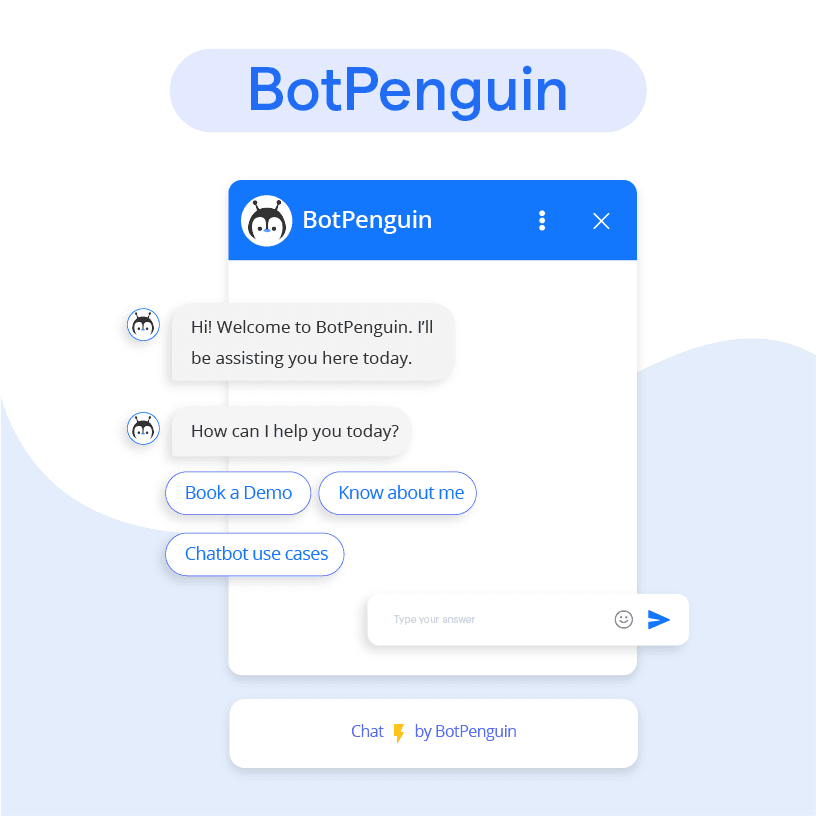
The adoption of AI chatbot development brings numerous advantages to businesses, enhancing user experience while streamlining operations.
By utilizing the best AI chatbot development tools and adhering to industry best practices, companies can efficiently meet customer demands and reduce operational costs.
24/7 Availability: Always Available for Users
AI chatbots provide round-the-clock availability, ensuring that users can access support or information at any time.
This continuous service not only boosts customer satisfaction but also mitigates the risk of losing potential leads due to time zone differences or limited business hours.
Efficiency: Quick Handling of Repetitive Tasks
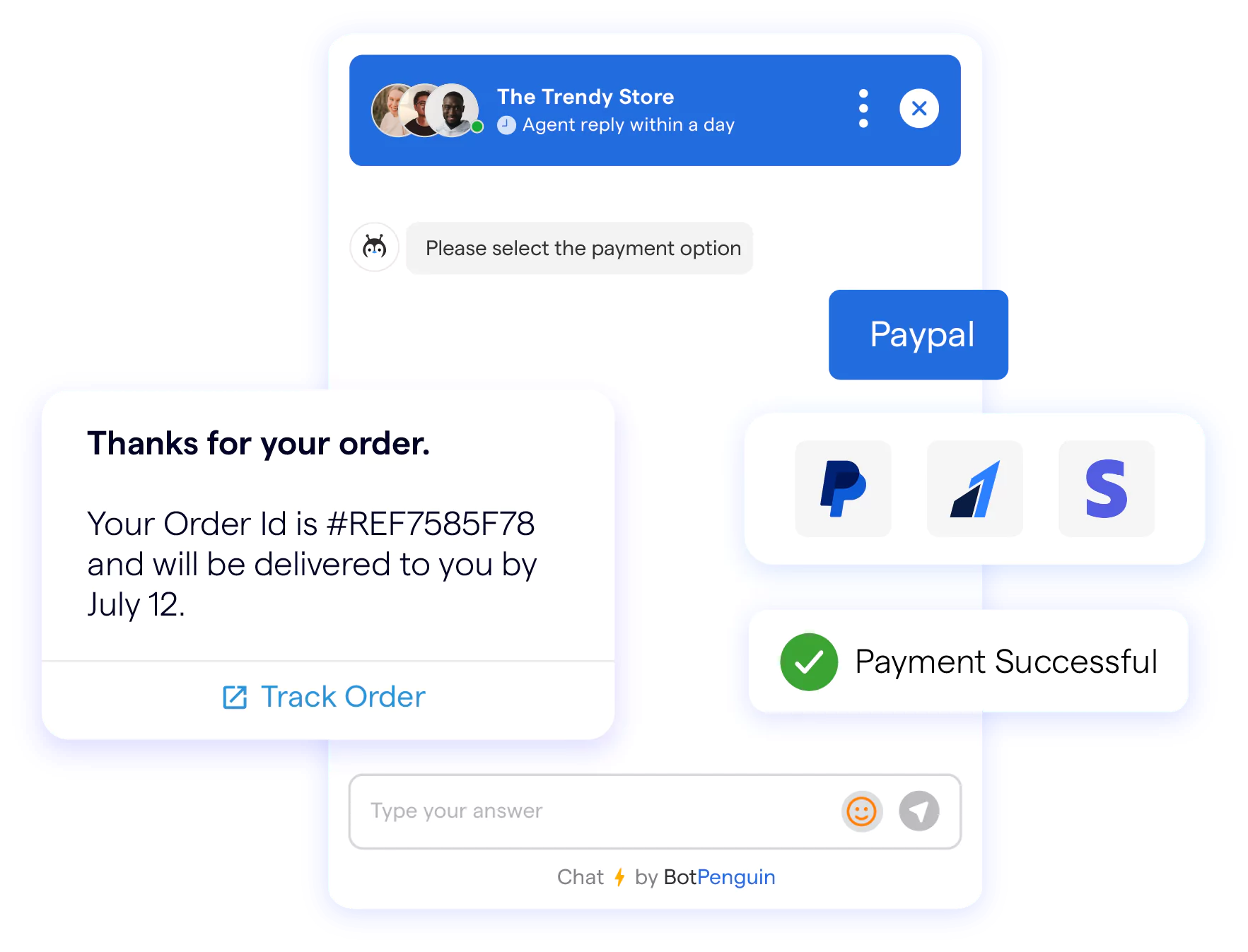
Chatbots excel at managing repetitive tasks, such as responding to frequently asked questions or processing basic requests.
By automating these tasks, AI chatbots allow human agents to focus on more complex issues, thereby improving overall workplace productivity and enhancing the customer experience.
Cost Savings: Reducing Manpower Needs
Implementing AI chatbot development can significantly lower the requirement for extensive customer support teams.
Chatbots can efficiently handle a high volume of inquiries, leading to substantial cost savings while maintaining service quality.
Scalability: Growing with Your Business
AI chatbots are highly scalable, adapting to your business's evolving needs. Whether your chatbot is managing ten inquiries or ten thousand, it can expand its capabilities without necessitating additional resources.
This flexibility makes AI chatbots an ideal solution for businesses of all sizes, from startups to large enterprises.
Steps in AI Chatbot Development
Developing an AI chatbot involves a series of well-structured steps aimed at creating a tool that meets both user expectations and business objectives.
The process of AI Chatbot Development includes defining the chatbot's purpose, designing interactions, training the bot, and testing its capabilities.
By leveraging the best AI chatbot development tools and adhering to best practices for AI chatbot development, businesses can create effective and engaging conversational agents.
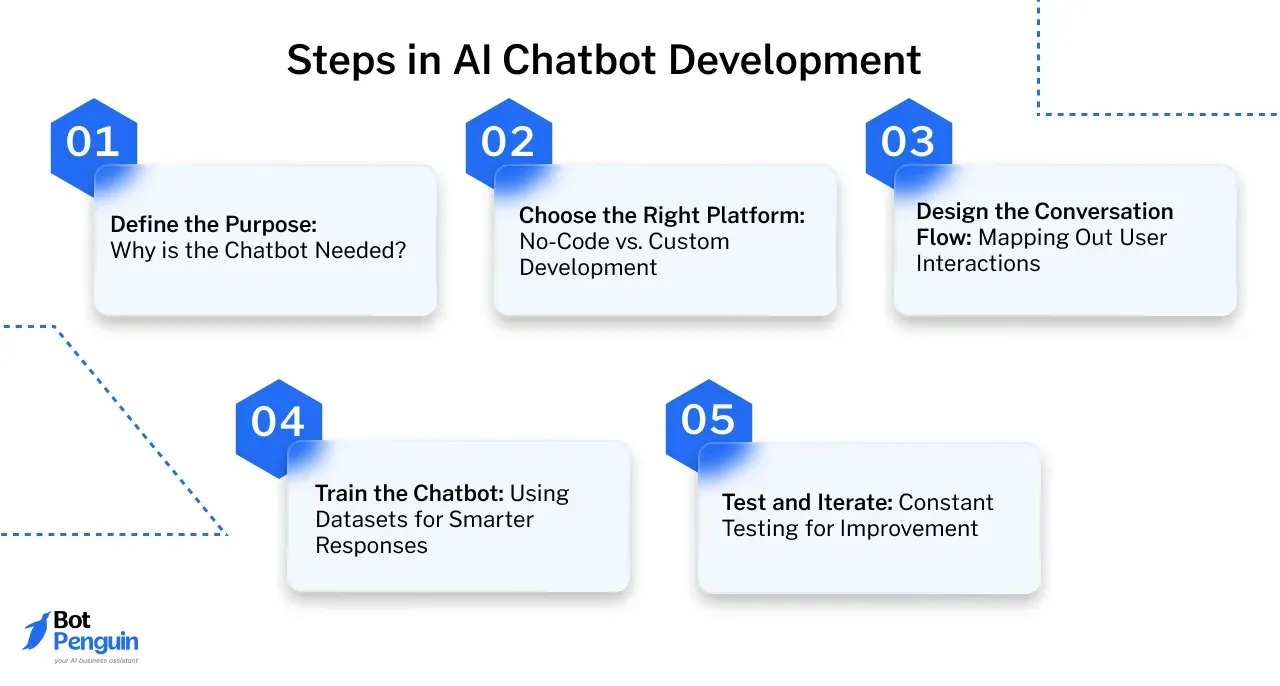
Step 1
Define the Purpose: Why is the Chatbot Needed?
The first step in AI Chatbot Development is to determine the primary purpose of the chatbot. This could range from providing customer support and automating sales processes to managing internal tasks.
Clearly defining the chatbot's role not only shapes its features but also guides how it interacts with users.
For example, if a business decides to use a chatbot for customer service, it should focus on FAQs, order tracking, and issue resolution. This clarity helps in setting measurable performance goals and enhances the overall effectiveness of the chatbot.
Step 2
Choose the Right Platform: No-Code vs. Custom Development
After establishing the purpose, the next step is to select the appropriate platform for building the chatbot.
Businesses can choose between no-code platforms, which are user-friendly and quicker to implement, or custom development solutions that offer greater flexibility for complex requirements. No-code platforms are particularly beneficial for small to medium-sized enterprises looking to deploy chatbots quickly.
In contrast, larger businesses with unique needs may benefit from custom AI chatbot development. It's also worth considering alternative AI chatbot solutions that provide tailored functionalities for specific industries.
Step 3
Design the Conversation Flow: Mapping Out User Interactions
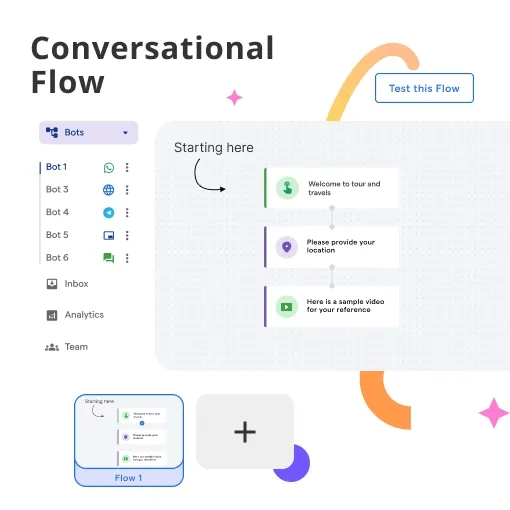
Designing a seamless conversation flow is crucial for user satisfaction. This involves mapping out various user scenarios and anticipating the types of questions they may ask.
By structuring logical responses and follow-up questions, developers can create an intuitive interaction pathway. This design phase is among the best practices for AI chatbot development, as it ensures that users find the chatbot easy to navigate.
For instance, BotPenguin allows businesses to create tailored conversation flows that guide users through common queries, improving the overall user experience.
Step 4
Train the Chatbot: Using Datasets for Smarter Responses
Training the chatbot is vital for enabling it to understand and respond accurately to user inputs. This process involves compiling datasets that reflect different user intents and questions. The diversity and quality of the training data directly impact the chatbot's performance.
Regular updates to the training datasets ensure that the chatbot remains adept at handling new scenarios and evolving user expectations. Utilizing platforms like BotPenguin can streamline this process, as they offer built-in resources to train chatbots effectively.
Step 5
Test and Iterate: Constant Testing for Improvement
Testing is an essential component of the AI Chatbot Development process. Once the chatbot has been trained, it should undergo comprehensive testing to uncover any shortcomings in its functionality or responses.
Engaging real users during this phase provides invaluable feedback. By identifying issues and making iterative improvements, businesses can enhance their chatbot's performance.
This continuous testing and refinement are critical to ensuring that the chatbot remains relevant and effective, adapting to changing user needs and behaviors over time.
AI Chatbot Development Platforms
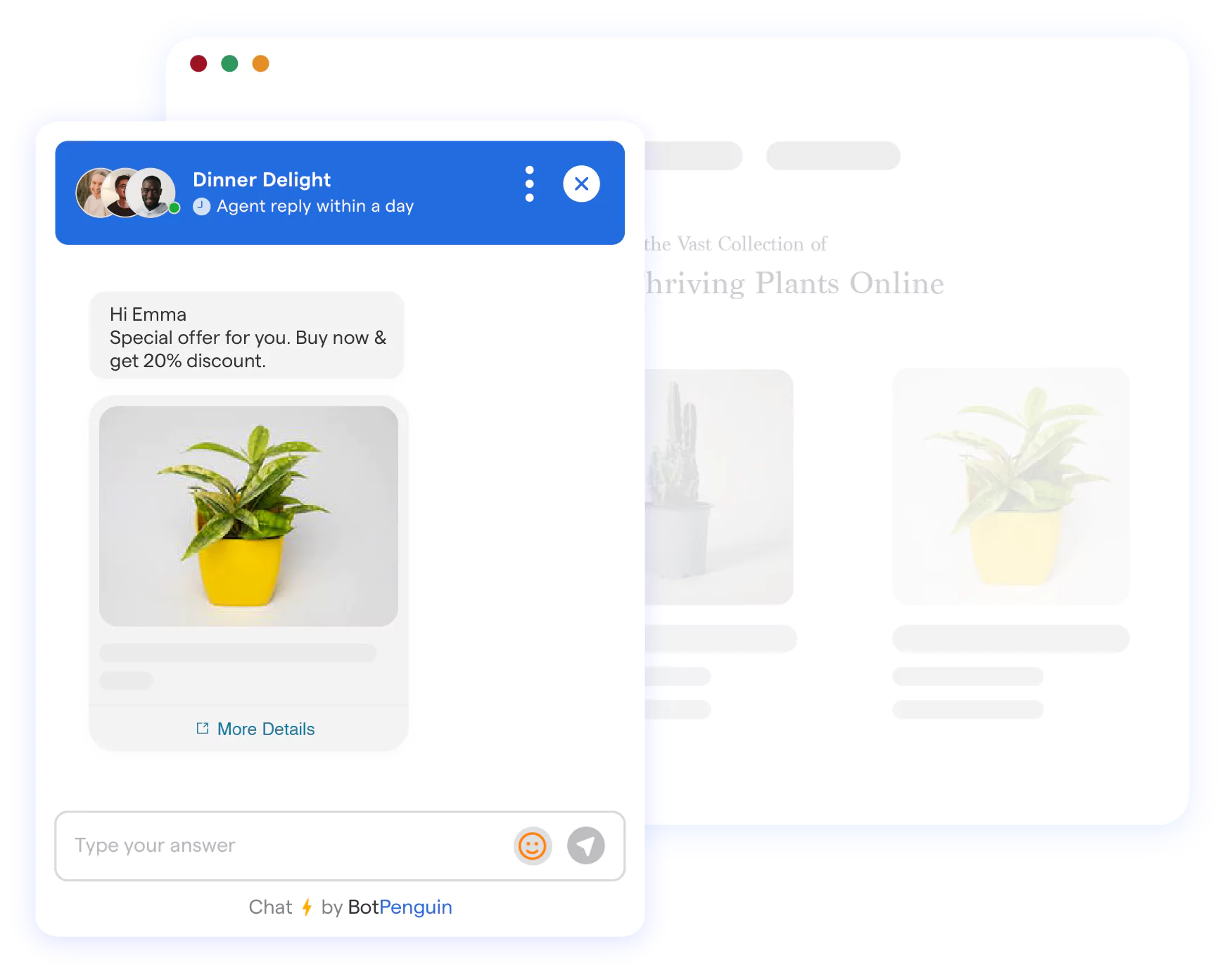
Selecting the right platform for AI Chatbot Development is crucial for creating effective and efficient conversational agents that align with business objectives.
Various platforms offer distinct features and capabilities tailored to different organizational needs.
By leveraging the best AI chatbot development tools and adhering to best practices for AI chatbot development, businesses can build chatbots that enhance customer engagement and streamline operations.
Overview of Popular Platforms
BotPenguin, Dialogflow, and Rasa are three notable platforms for AI Chatbot Development, each with its own strengths:
- BotPenguin: Renowned for its no-code chatbot builder, BotPenguin empowers businesses to implement chatbots quickly and easily without the need for extensive coding knowledge. This platform is ideal for organizations looking for a straightforward setup that can be deployed across multiple channels, including WhatsApp and Facebook Messenger.
- Dialogflow: Developed by Google, Dialogflow offers powerful natural language processing (NLP) capabilities, making it a strong choice for businesses that require sophisticated language understanding. It integrates seamlessly with Google services, providing a robust environment for building feature-rich chatbots.
- Rasa: As an open-source platform, Rasa allows businesses to customize their chatbots extensively, catering to complex and enterprise-level needs.
This flexibility provides organizations with complete control over their data and the ability to tailor the chatbot's functionalities according to specific requirements.
These platforms offer a range of options, and there are also alternative AI chatbot solutions available for businesses with specialized needs.
Key Features of Each Platform
The following are key features of each of these platforms:
BotPenguin:
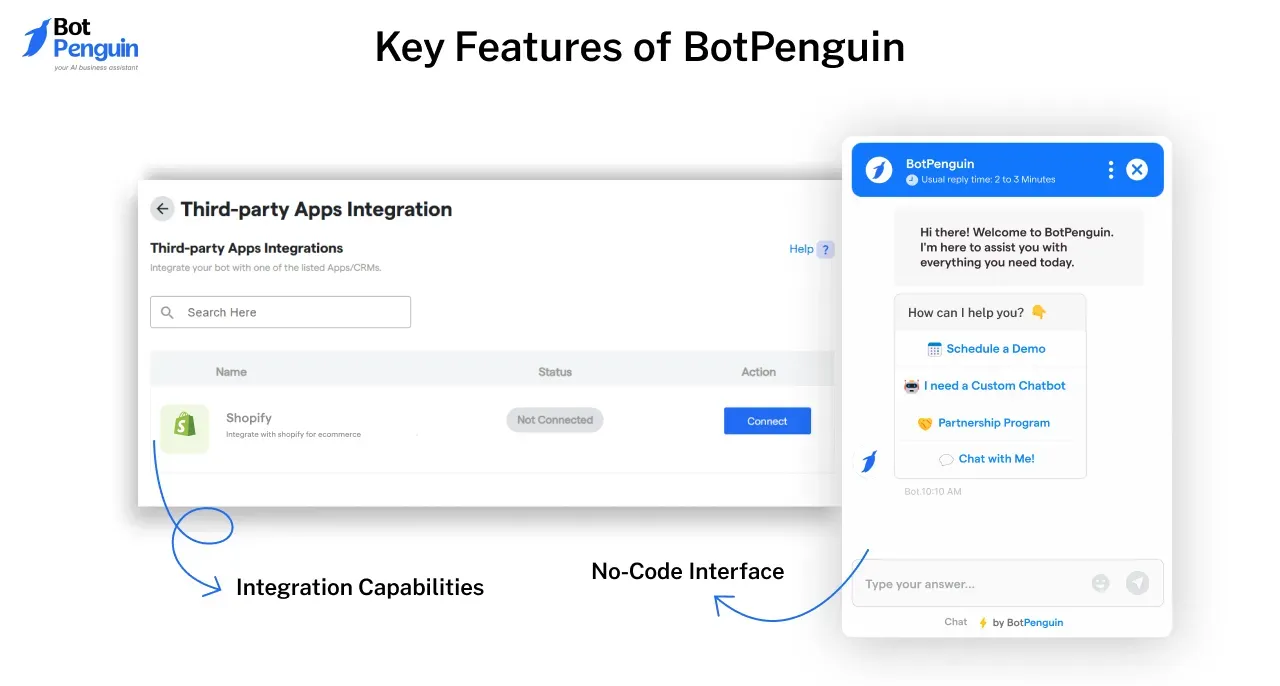
- No-Code Interface: User-friendly design enables users to build chatbots without coding skills.
- Multi-Platform Deployment: Chatbots can be deployed across various channels, ensuring broad reach.
- Integration Capabilities: Supports integration with 80+ popular messaging apps like WhatsApp and Facebook Messenger, facilitating easy user interactions.
Dialogflow:
- Advanced NLP: Features superior natural language understanding, allowing the chatbot to interpret user intent accurately.
- Google Services Integration: Easily integrates with Google services, enhancing functionality and accessibility for users.
Rasa:
- Customization Options: Offers full control over the chatbot's design and behaviour, enabling businesses to tailor solutions precisely to their needs.
- Data Control: As an open-source platform, Rasa allows organizations to manage and protect their data effectively.
Examples of AI Chatbots in Action
AI chatbots are revolutionizing customer engagement across various industries by handling a multitude of tasks efficiently.
Here are some real-world examples that illustrate the power of effective AI Chatbot Development:
Customer Service Chatbot: Handling Common Queries 24/7
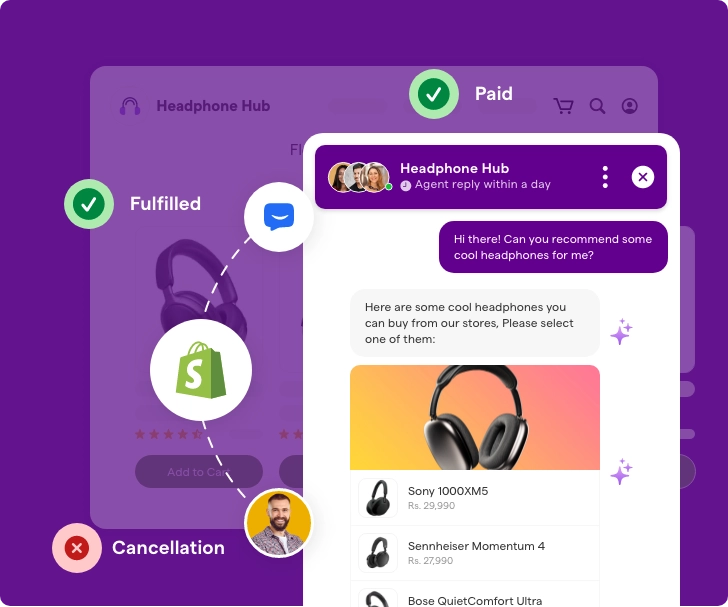
Customer service chatbots are designed to manage frequently asked questions and resolve issues around the clock.
For instance, BotPenguin offers businesses the ability to create chatbots that can answer queries about product details, order status, and return policies.
By doing so, these chatbots reduce the dependency on human agents, leading to improved response times and heightened customer satisfaction.
E-commerce Chatbot: Helping with Product Recommendations and Purchases
In the e-commerce sector, chatbots are invaluable for assisting customers with product recommendations based on their browsing history or preferences. For example, a clothing retailer can utilize a chatbot to suggest outfits based on the user's style choices.
Such chatbots guide users through the purchasing process, providing a seamless shopping experience that can significantly boost sales.
Healthcare Chatbot: Assisting with Booking Appointments and Health Advice
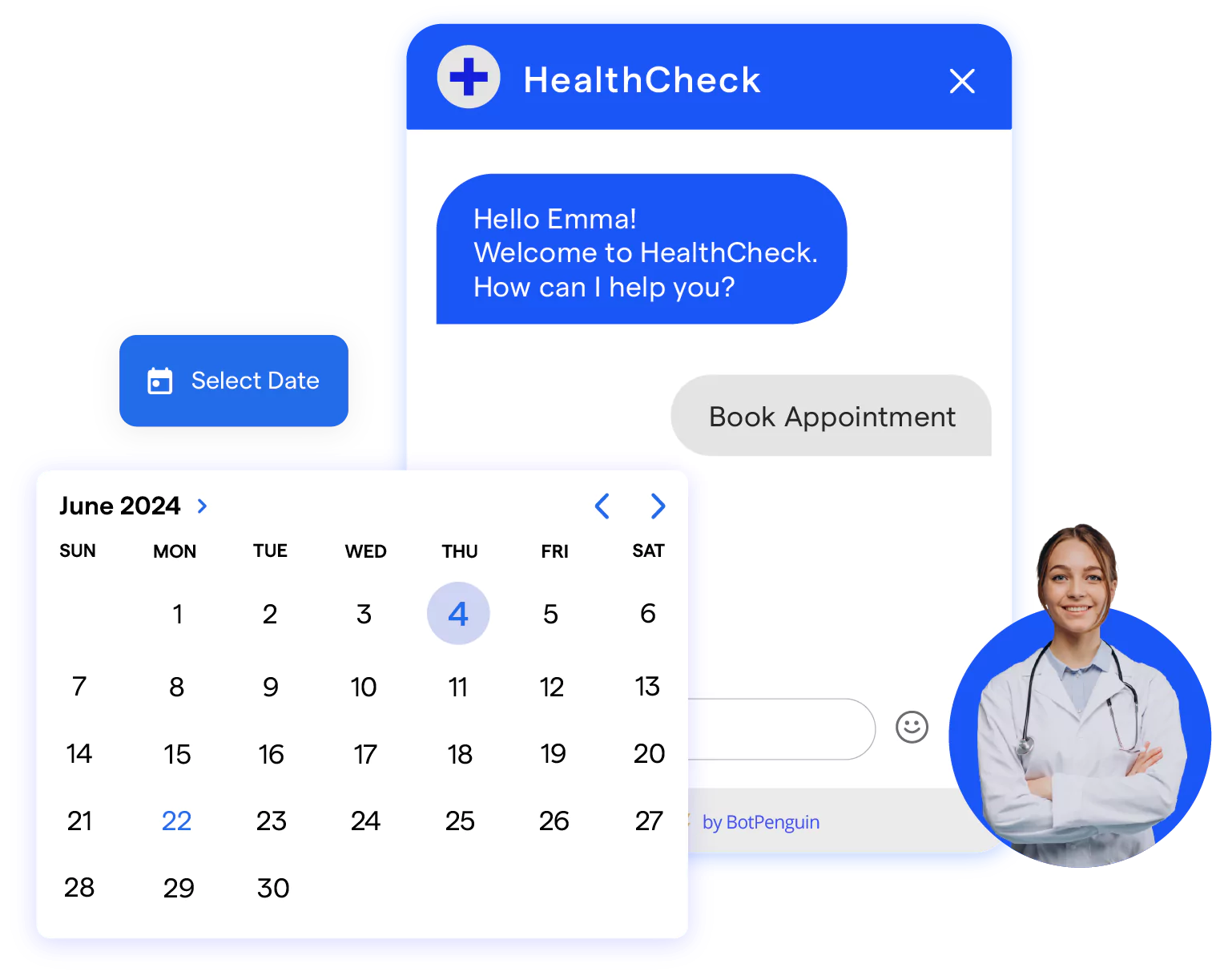
Healthcare chatbots simplify administrative tasks such as scheduling appointments and providing basic health information.
For example, a hospital might deploy a chatbot that allows patients to book appointments or ask general health-related questions without waiting on hold. These bots are designed with robust security features to handle sensitive health information responsibly.
Finance Chatbot: Handling Transactions and Answering FAQs
In the finance industry, chatbots enhance customer service by facilitating transactions, such as transferring money or checking account balances.
For instance, a banking institution might implement a chatbot that allows customers to ask common questions about account features and services, thus making banking operations more accessible and efficient.
Education Chatbot: Automated Tutoring and Student Support
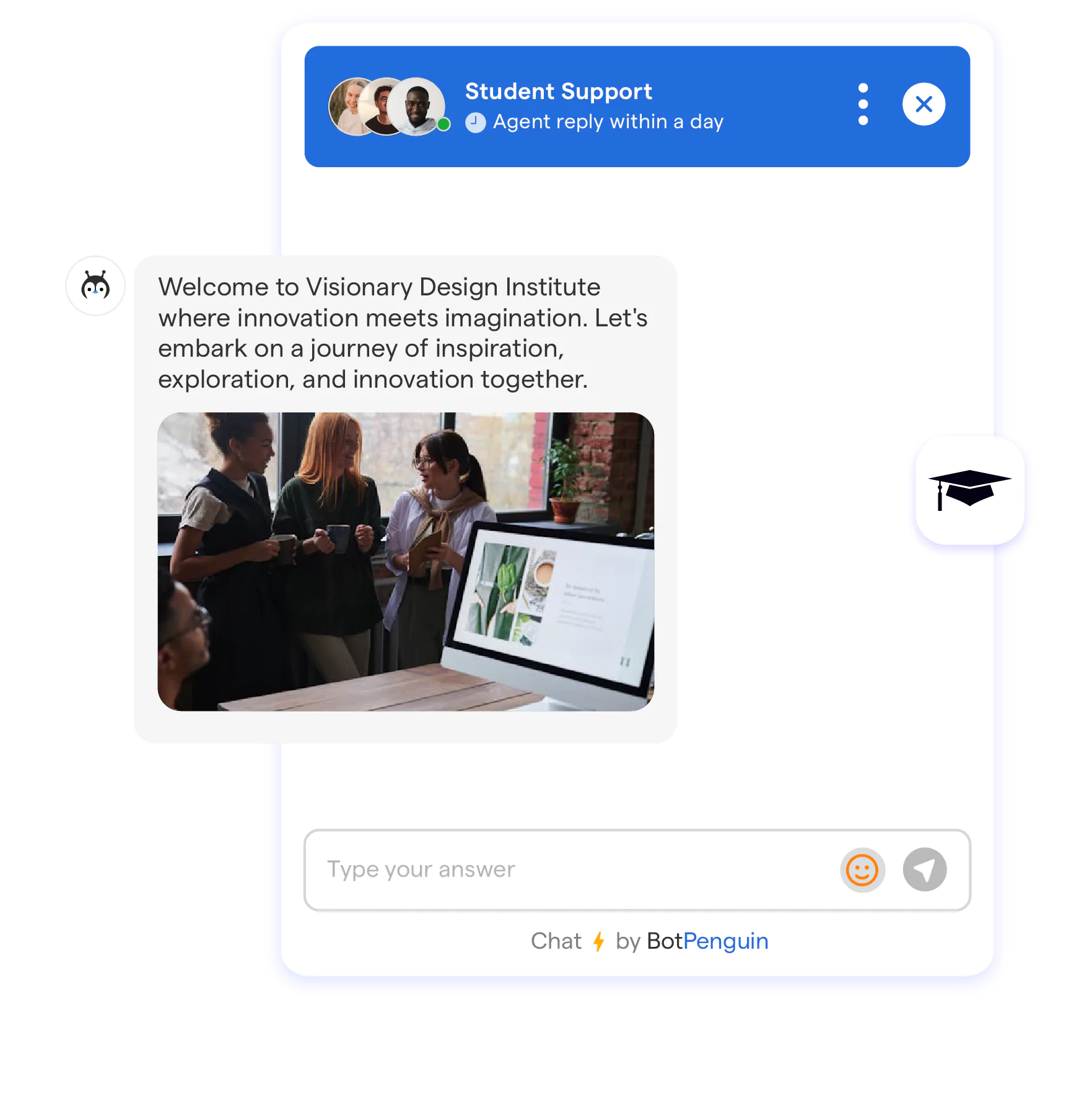
Educational institutions are increasingly using chatbots to provide automated tutoring and support for students.
For example, a university might use a chatbot to help students navigate course selections or provide answers to administrative queries.
These AI-driven assistants foster a supportive learning environment by offering timely assistance throughout the academic journey.
Challenges in AI Chatbot Development
While AI Chatbot Development offers numerous advantages, it also comes with several challenges that developers must overcome to ensure seamless functionality and a satisfying user experience.
These challenges include managing complex queries, maintaining conversational quality, and safeguarding data privacy and security. By utilizing the best AI chatbot development tools and adhering to industry best practices, developers can address these issues effectively.
Understanding Complex Queries: Limitations of NLP

One of the most significant hurdles in AI Chatbot Development is handling complex or ambiguous user queries. Although Natural Language Processing (NLP) technology has advanced considerably, it still struggles to grasp context, idioms, or slang fully.
To ensure that a chatbot comprehends and accurately responds to challenging inquiries, ongoing training and improvements are essential. For instance, using a platform like BotPenguin, developers can regularly update their training datasets to enhance the chatbot's understanding and adaptability.
Maintaining Conversational Quality: Avoiding Robotic Responses
Another critical aspect of AI chatbot performance is maintaining a natural conversational flow. A common issue faced by chatbots is delivering responses that feel robotic or overly generic. This can lead to user frustration and disengagement.
Implementing alternative AI chatbot solutions that prioritize enhancing conversational quality can help make interactions feel more genuine and engaging.
For example, BotPenguin allows developers to create more nuanced dialogue paths that better reflect natural speech patterns, improving the overall user experience.
Data Privacy and Security: Protecting User Data
With chatbots often handling sensitive user information, ensuring data privacy and security is paramount. It is vital to implement robust encryption methods and privacy protocols as part of the chatbot development process.
Following best practices for AI chatbot development not only helps in compliance with regulations like GDPR but also fosters trust among users.
Utilizing platforms that prioritize data protection, such as BotPenguin, can help businesses maintain high standards of security while delivering effective chatbot solutions.
Future of AI Chatbots
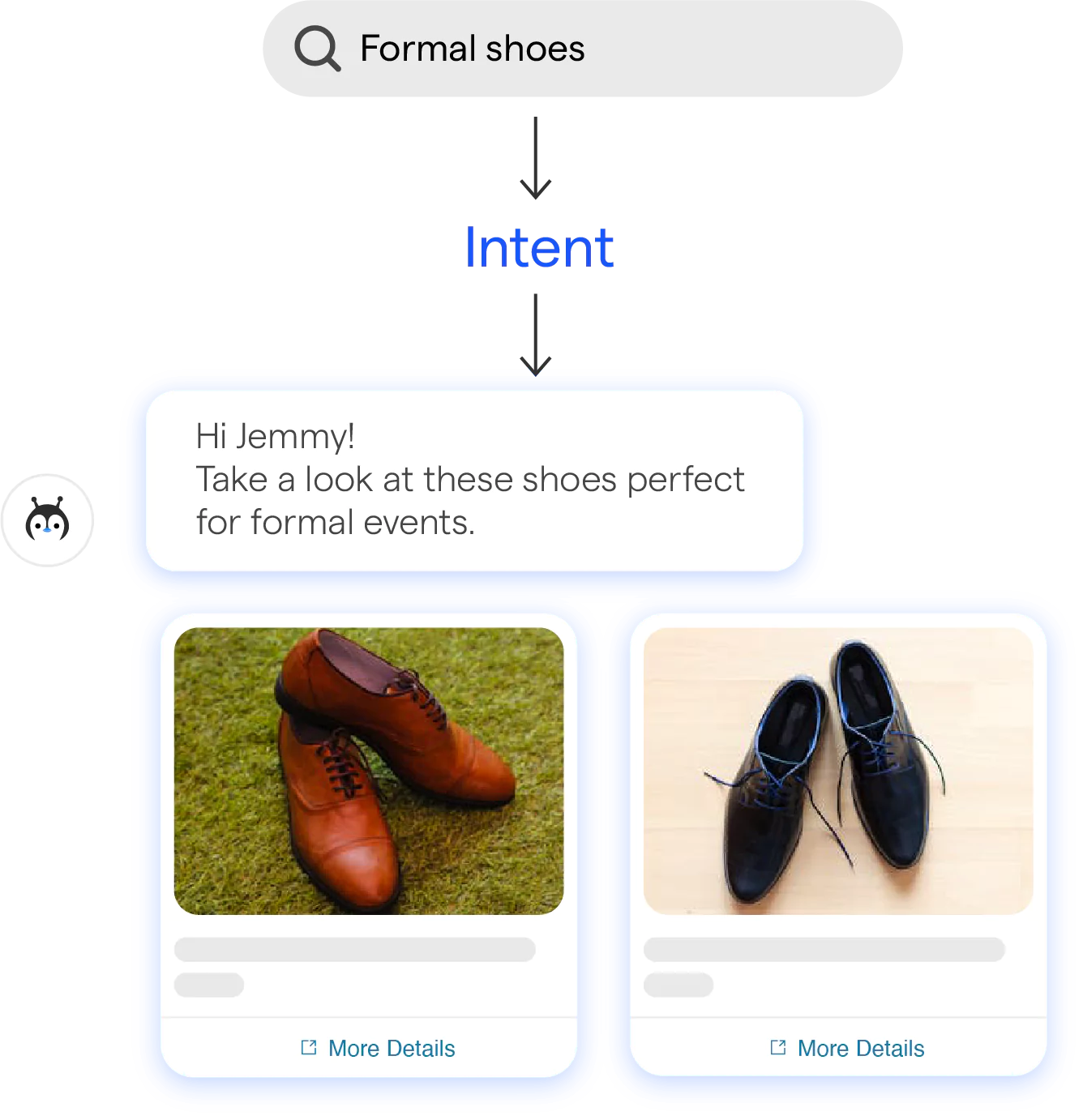
The landscape of AI chatbots is evolving rapidly, positioning them as integral components of customer interaction strategies.
Recent statistics indicate that the global chatbot market is projected to reach $9.4 billion by 2024, with 80% of businesses expected to integrate chatbots into their operations by 2025.
These figures underscore the importance of AI Chatbot Development in shaping the future of customer engagement.
Innovations in AI Chatbot Technology
Innovations in AI technology are pushing the boundaries of what chatbots can achieve. With advancements in Natural Language Processing (NLP) and Machine Learning, chatbots are becoming increasingly intuitive and capable of handling complex user interactions.
The latest AI chatbot development tools enable chatbots to not only understand intricate queries but also provide accurate, human-like responses that enhance user satisfaction.
How AI Chatbots Will Evolve
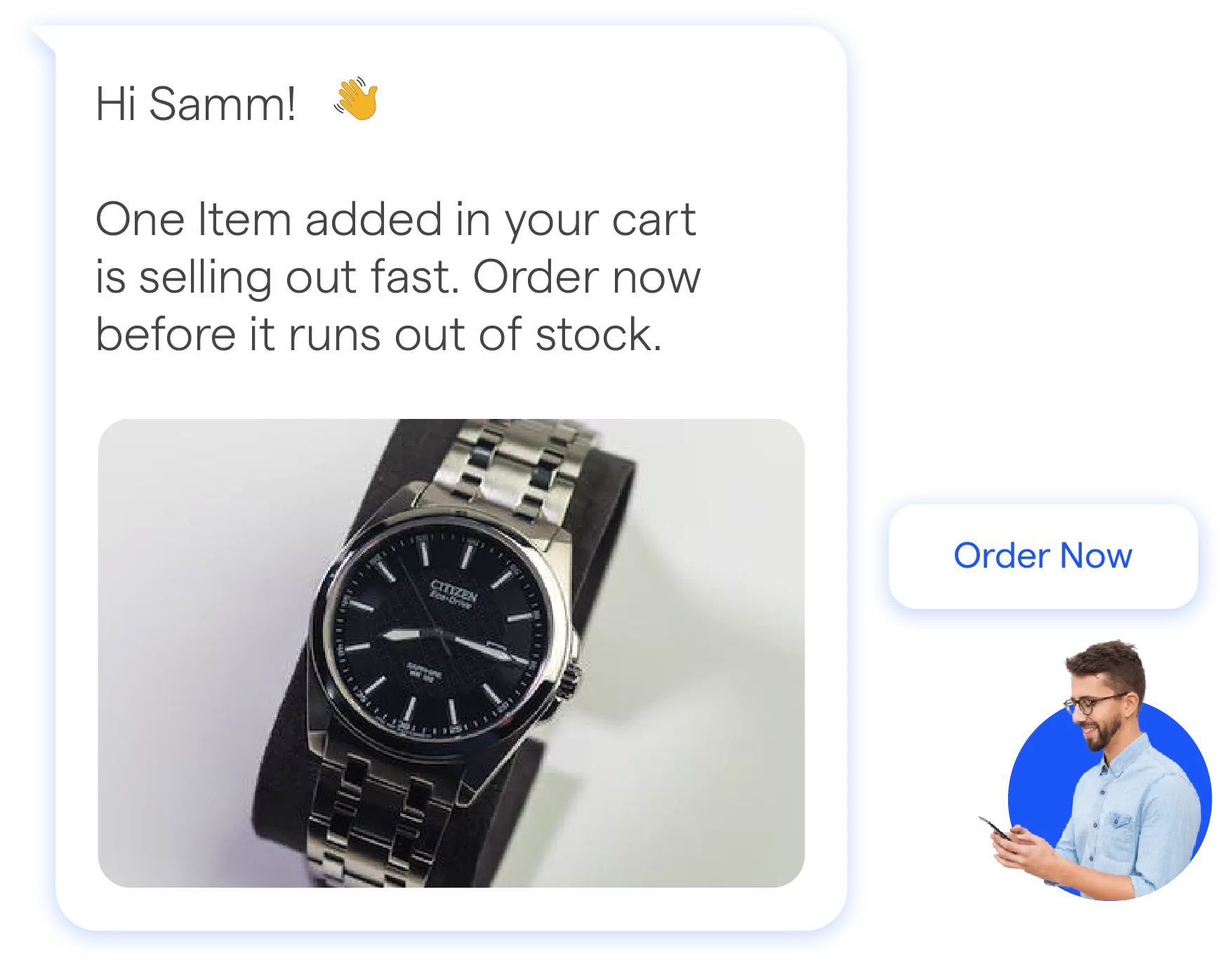
Looking ahead, AI chatbots will place a greater emphasis on understanding users through enhanced personalization.
They will leverage user data and preferences to offer tailored interactions, making conversations more relevant and engaging.
With a range of alternative AI chatbot solutions available, businesses can select options that cater specifically to their unique industry needs, thus improving their service offerings.
Importance of Ongoing Improvements
Continuous improvement is vital for staying competitive in the AI Chatbot Development space. Regular updates, user feedback, and advancements in technology are essential to ensure that chatbots remain effective and relevant.
By adhering to best practices for AI chatbot development, businesses can keep their chatbots optimized for evolving trends, ensuring they provide exceptional value to users.
As an example, BotPenguin encourages businesses to engage in regular performance assessments and user feedback collection, which are critical for long-term success in the chatbot domain.
Conclusion
In conclusion, AI Chatbot Development is an essential component for businesses looking to enhance customer interactions and streamline operations.
By understanding the key elements, steps, and challenges involved in creating effective chatbots, companies can better navigate this innovative landscape.
The various platforms available, such as BotPenguin, Dialogflow, and Rasa, offer tailored solutions to fit specific business needs, empowering organizations to engage customers 24/7 efficiently.
Despite the challenges in maintaining conversational quality and ensuring data privacy, the benefits of AI chatbots—including improved efficiency, cost savings, and scalability—far outweigh the obstacles.
As the technology continues to evolve, businesses must stay informed and adaptable. By investing in AI chatbot solutions now, companies will not only meet current customer expectations but also pave the way for future advancements in automated customer engagement. Embracing AI chatbots is not just a trend; it's a strategic move toward long-term success.
Frequently Asked Questions (FAQs)
What is AI Chatbot Development?
AI Chatbot Development refers to the process of creating advanced chatbots that leverage artificial intelligence to engage in human-like conversations.
These AI chatbots are designed to handle various tasks, including customer support, product recommendations, and the automation of business processes, enhancing overall efficiency.
How does AI Chatbot Development work?
AI Chatbot Development utilizes natural language processing (NLP) and machine learning algorithms to interpret user input, manage queries, and deliver relevant responses.
Over time, the chatbot learns from interactions, which improves its accuracy and personalization, making it more effective in serving user needs.
What are the benefits of AI Chatbots?
AI chatbots offer numerous advantages, including 24/7 customer support, streamlined repetitive tasks, faster response times, and personalized user experiences.
They significantly reduce operational costs and enable businesses to scale their operations by managing multiple queries simultaneously.
Which industries benefit most from AI Chatbots?
Industries such as e-commerce, healthcare, finance, and customer service see substantial benefits from AI chatbot implementation.
These chatbots automate various tasks, including answering frequently asked questions (FAQs), scheduling appointments, processing transactions, and providing product recommendations.
What tools are used in AI Chatbot Development?
The leading tools in AI Chatbot Development include platforms like BotPenguin, Dialogflow, and Rasa. These platforms equip developers with essential resources to build, train, and deploy AI chatbots across diverse platforms and communication channels.
What are the challenges in AI Chatbot Development?
Common challenges in AI Chatbot Development include understanding complex user queries, maintaining high conversational quality, and ensuring user data protection.
Adhering to best practices for AI chatbot development—such as regular testing and continuous improvement of NLP capabilities—can help address these challenges effectively.



